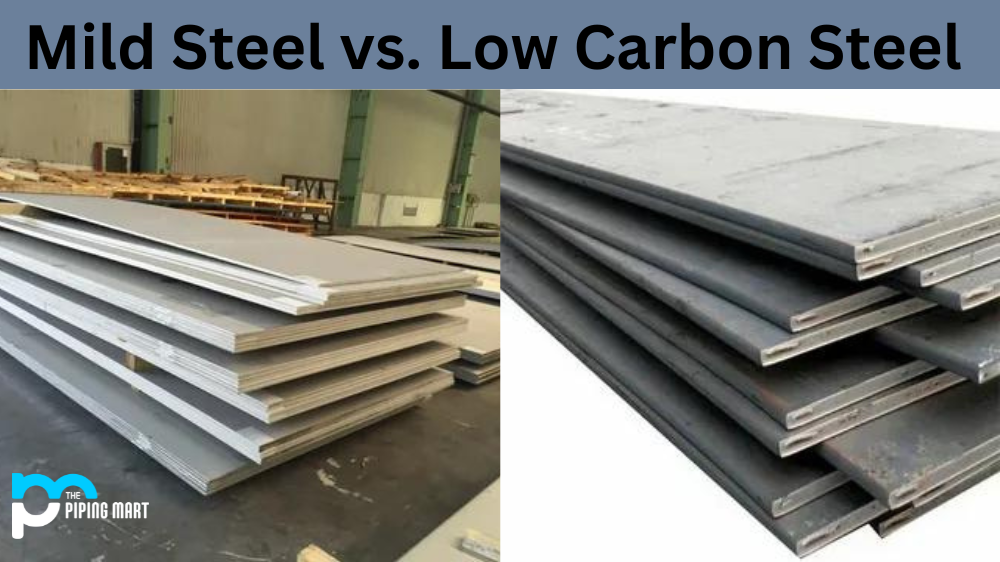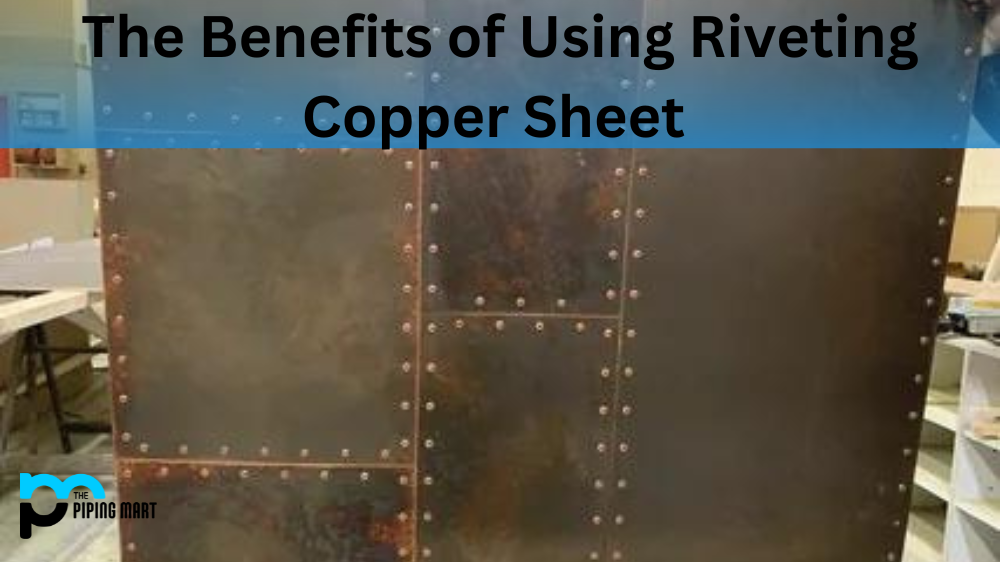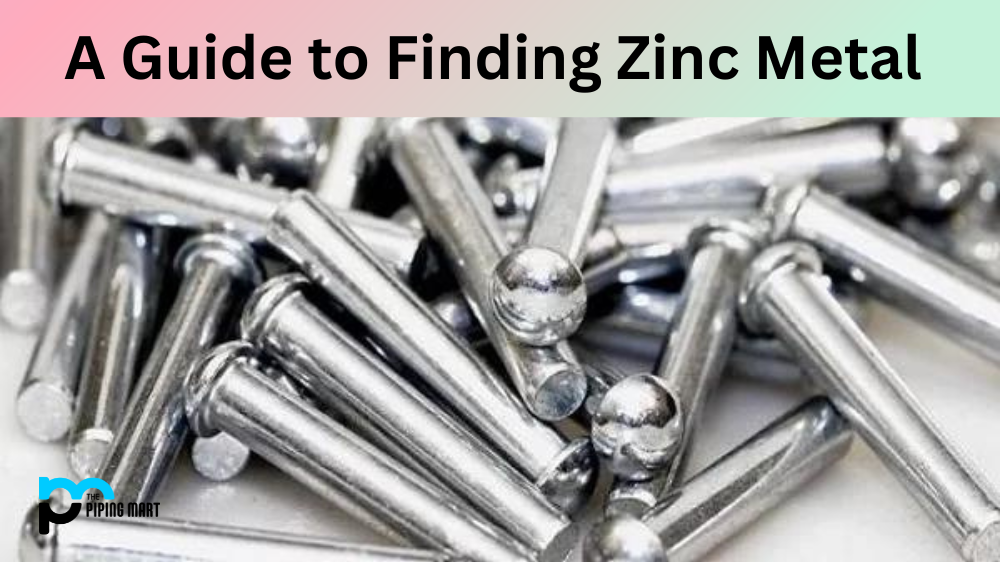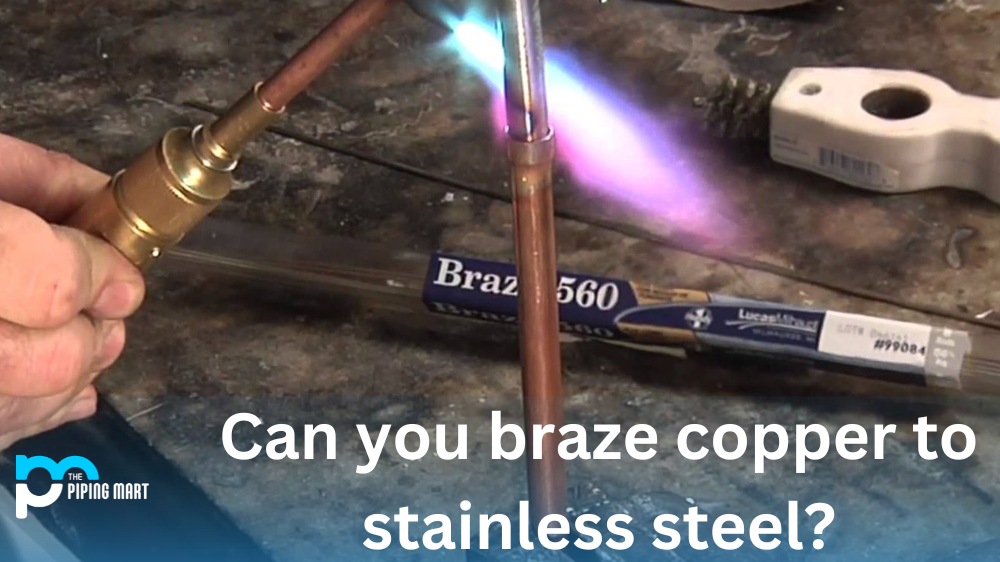When it comes to steel, the two most popular categories are mild steel and low-carbon steel. But what is the difference between them? How do they differ in composition, strength, and other properties? This blog post will answer these questions and provide an overview of mild steel vs. low-carbon steel.
Mild Steel Composition
Mild steel is plain-carbon steel that contains up to 0.25% carbon by weight. This type of steel has relatively low tensile strength and flexibility compared to other types of steel. Its composition also makes it more vulnerable to corrosion than other types of steel. Additionally, its surface tends to be more susceptible to scratches or damage due to its softer nature.
Low Carbon Steel Composition
Low-carbon steel is plain-carbon steel that contains up to 0.3% carbon by weight. It has higher tensile strength than mild steel but is still relatively low compared to other types of steel. Like mild steel, its surface is also more vulnerable to scratches and damage due to its softer nature. However, since it has a higher carbon content than mild steel, it is less vulnerable to corrosion which can result in better durability over time.
Difference Between Mild Steel and Low Carbon Steel
Mild steel and low carbon steels are often used interchangeably as they both tend to have similar properties and uses due to their similar compositions. However, there are some key differences in their uses that should be considered when choosing between them for a particular application. Mild steels are typically used in applications that require high amounts of flexibility, like automotive parts or furniture frames, while low carbon steels are typically used in applications that require high amounts of strength, like structural supports or bridges, because their higher tensile strength provides greater structural stability. Additionally, low-carbon steels are often used in applications where corrosion protection is important such as outdoor structures or pipes because their higher concentration of carbon results in better resistance against corrosion over time compared with mild steels.
- Mild steel and low-carbon steel are both iron-based metals.
- Mild steel contains higher amounts of carbon than low-carbon steel.
- Low-carbon steel is better suited for applications where strength is not a major concern.
- Mild steel is better suited for applications where strength is a major concern.
- Low-carbon steel is more ductile than mild steel.
- Mild steel is less ductile than low-carbon steel.
Conclusion:
Despite many similarities, there are some key differences between mild steel vs. low carbon steel that should be considered when choosing the right type for your project. Mild steels tend to be more flexible while still providing adequate levels of strength for certain applications like automotive parts or furniture frames, while low carbon steels tend to have greater levels of strength and better protection against corrosion which makes them ideal for applications like structural supports or outdoor structures where increased stability and protection against the elements is required respectively. Ultimately, selecting the right type depends on your specific application needs, so make sure you consider all factors before making a decision!

A passionate metal industry expert and blogger. With over 5 years of experience in the field, Palak brings a wealth of knowledge and insight to her writing. Whether discussing the latest trends in the metal industry or sharing tips, she is dedicated to helping others succeed in the metal industry.




